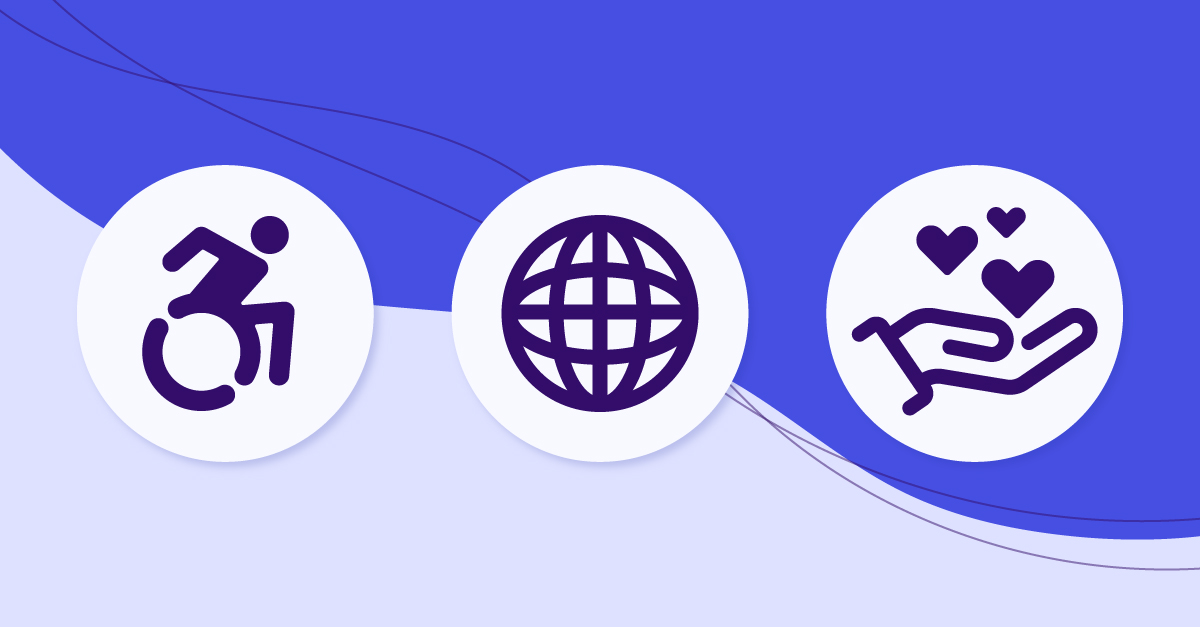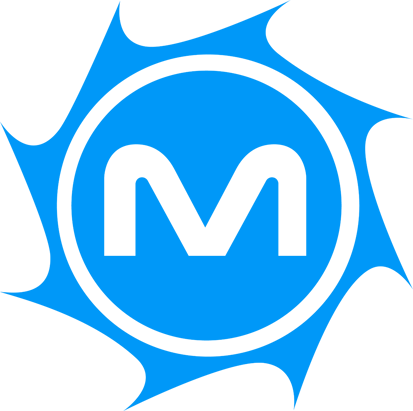What Are the Three Main Methodologies of Diversity-Focused Design?
4 MIN READ
07/06/2022 | Human-Centered Design | Mock IT

Diversity-Focused Design aims to address the needs of all individuals regardless of age, race, religion, sexual orientation, or other intersectional experiences that culminate to create a unique individual with specified needs.
The methodologies within Diversity-Focused Design aim to provide an enjoyable and comfortable digital experience for all users, which can be broken down into three main types: Accessibility Design, Universal Design, and Inclusive Design. These methodologies are often used interchangeably but have distinct practices that set them apart.
Accessible Design
Accessibility or Accessible Design may be familiar to people who work in tech. It is often associated with Web Content Accessibility Guidelines (WCAG) or the federal set of digital regulations known as 508 compliance.
Accessibility as a methodology focuses on creating usable experiences for users with varying types of dis/abilities* such as visual, physical, audio, or cognitive impairments. Examples of this are tools such as screen readers, captioning or transcripts available for videos and video communication, and other tools and features that focus on dis/ability needs when created.
*dis/ability - a spelling used intentionally to counter the word disability (spelled without the slash). "The use of the term disability (spelled without the slash) suggests that a person is represented, or identified, by what they cannot do, rather than what they can do.”
Universal Design
Universal Design is what could be defined as the next level of Diversity-Focused Design. Accessible Design can be classified as a Universal Design practice; however, Universal Design considers more than dis/abilities when designing for a product.
As a methodology, Universal Design focuses on creating an experience in a digital or physical environment that serves as many users as possible while still considering things such as age, race, physical abilities, sexual orientation, and more. It could be comparable to the 80/20 rule, which focuses on designing for a majority of reachable users in a final product solution rather than one subset of users.
Inclusive Design
Inclusive Design's defining factor is that it aims to focus on individual needs. Unlike Universal Design, Inclusive Design aims to be iterative and ongoing. Oregon State University wrote that "seeking contributions from excluded communities during the entire design and evaluation process is critical to an inclusive process."
As a methodology, Inclusive Design focuses on who is represented when a product is being considered and how users can be incorporated in providing as much feedback as possible to develop an expansive solution.
Learn more about these methodologies by tuning into Mock IT.
About Mock IT
Mock IT is a design and culture podcast sponsored by MetroStar. Hosts Liz and Marie are passionate about design of all shapes and forms and the impact UX design can have on all generations. The podcast offers an inside look at two UX Designers navigating design for the government and exploring emerging design trends. The duo often invite their friends and industry experts on the podcast to chat about their passions and discoveries. Join them every two weeks as they share their personal stories!
This week's episode features Bree, a recent graduate from the University of Maryland who transitioned from a UX Intern to a Visual Designer at MetroStar. She shares her tips for having a successful career transition, the process of finding a mentor, and her thoughts on imposter syndrome. The trio discusses Bree's focus on Diversity-Focused Design and her research and advice on being an inclusive designer across industries. Watch below.
Learn more about Diversity-Focused Design and Bree's journey as a visual designer.
.png?width=150&name=Bree_BW-01%20(1).png)
Written By:
Bree Douthitt
Visual Designer
you might like these too
Five 2024 GovCon Tech Trends: Perspectives from Six Industry Experts
Enterprise IT | Feature | Cyber | AI/ML | Human-Centered Design
Census Data Provides Insights for College Cities Sustainable Growth
Human-Centered Design | Data Analytics | Our Work
The Data Behind Urban Growth & How to Sustain It Smartly
Feature | Human-Centered Design | Data Analytics
want to stay in the loop?
Never miss a thing by signing up for our newsletter. We periodically send out important news, blogs, and other announcements. Don’t worry, we promise not to spam you.

